1. Over-Excitement Around Guests or Other Dogs

PICRYL
A whopping 20% of all dogs have ADHD. That’s a crazy number, in our opinion, but see what you think.
If your dog becomes overly excited when guests arrive or when interacting with other dogs, this could be a sign of ADHD. Dogs with this condition have difficulty regulating their emotions, making them prone to excessive excitement, jumping, barking, and even getting overstimulated. They often don’t know how to calm down and can overwhelm guests or other pets with their boundless energy. Managing these outbursts can be challenging, but with patience and consistent training, you can teach your ADHD dog how to remain calmer in social situations.
2. Inability to Focus on Commands
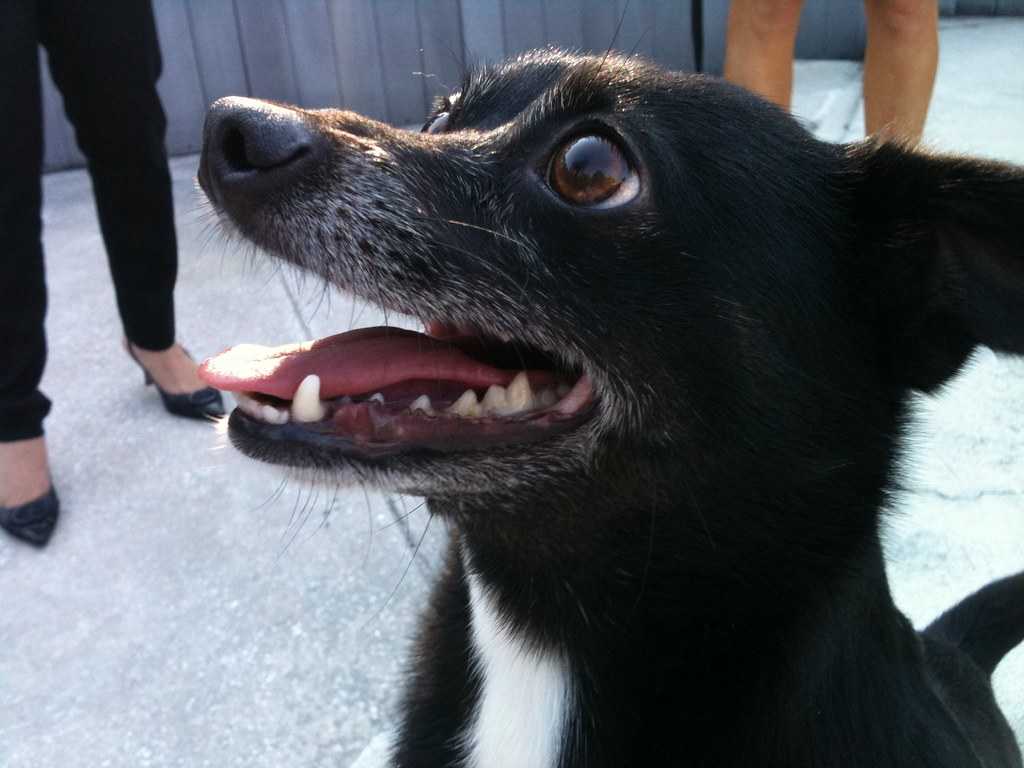
Flickr
ADHD dogs often struggle to focus during training sessions. Even if they know a command, they may quickly lose interest or become distracted by their environment. When you’re trying to teach them a new trick or reinforce basic commands, they may not respond as expected, even if treats or praise are involved. Their inability to stay focused for more than a few moments can make training sessions more challenging. While most dogs can concentrate on commands for short periods, those with ADHD have difficulty maintaining attention, leading to a frustrating training experience for both you and your dog.
3. Excessive Barking or Whining
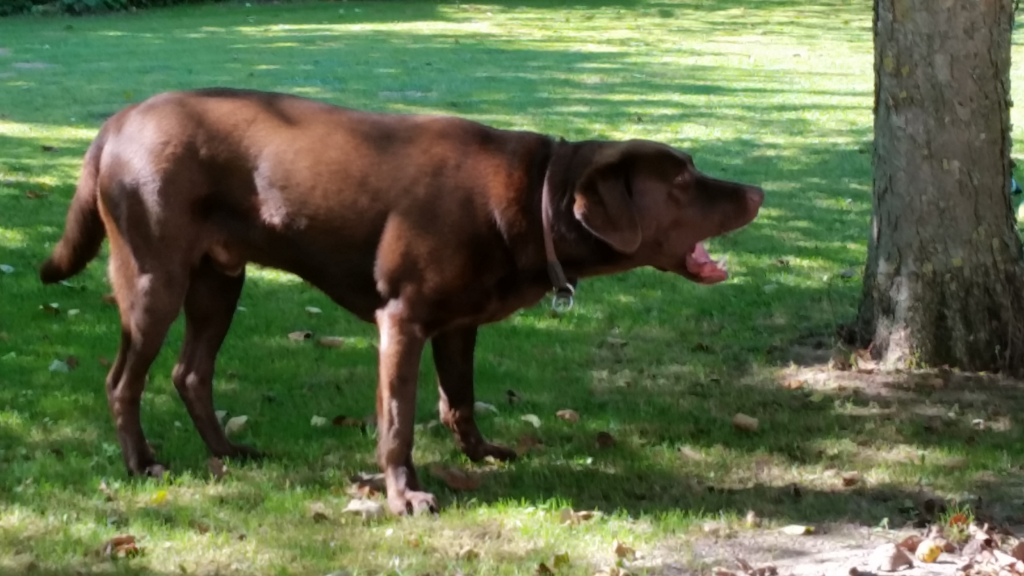
Wikimedia Commons
Dogs with ADHD tend to be more vocal, often barking, whining, or making other noises, sometimes for no apparent reason. They may bark excessively when they’re not getting enough attention, or they could whine when they feel restless or bored. This vocalization often occurs without clear triggers, which can be frustrating for pet owners. The constant noise is their way of expressing energy or seeking stimulation. Dogs with ADHD may find it hard to calm down and may resort to barking or whining when they’re overstimulated, or even when they simply want to get your attention.
4. Impulsivity

Flickr
Impulsivity is a hallmark trait of ADHD in dogs. A dog with ADHD may suddenly dart across the street without looking, jump on guests, or eat something they shouldn’t, all without considering the consequences. This lack of impulse control means they act on instinct, often creating problems or dangerous situations. Whether it’s running out the door before you can stop them or grabbing food off the counter, impulsive behavior is a common sign of ADHD. It’s important to create a structured environment and provide consistent training to help manage this impulsivity and keep your dog safe.
5. Trouble Settling Down
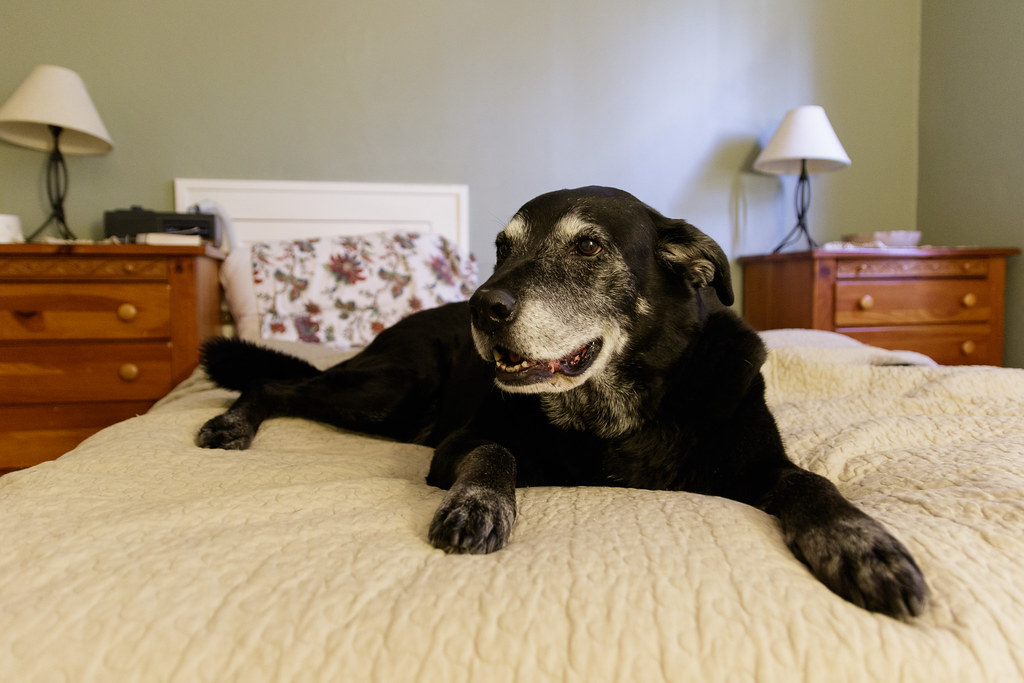
Flickr
Dogs with ADHD have difficulty calming down, even after a long play session. Unlike most dogs that will settle in for a nap after some exercise, ADHD dogs often appear restless, pacing or fidgeting. They may have trouble finding a comfortable spot to relax, and their inability to settle down can disrupt their daily routine. This can also make it difficult for them to rest during the night, leaving them feeling exhausted or agitated. If your dog frequently seems on edge and unable to relax, it could be a sign of ADHD, as they struggle to control their energy levels.
6. Extreme Curiosity

iStock
ADHD dogs are typically extremely curious, often getting into things they shouldn’t simply because they can’t resist exploring. Whether it’s rummaging through the trash, digging through drawers, or investigating every corner of your house, their curiosity knows no bounds. This constant need to explore can lead to mischief or destructive behavior, especially if they’re left unsupervised. Dogs with ADHD find it hard to resist investigating their surroundings, as they are always looking for something new and exciting. Their curiosity often leads them to explore places where they might cause trouble or harm, reflecting their inability to focus or stay still.
7. Short Attention Span
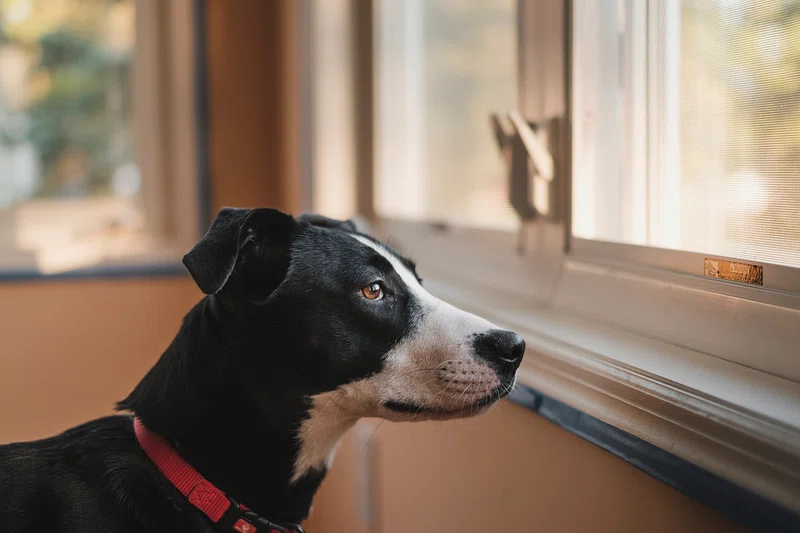
Rawpixel
A telltale sign of ADHD in dogs is a short attention span. If your dog gets easily distracted and loses interest in activities they were once engaged in, this can be a sign of ADHD. For instance, they might start playing with a toy for a few seconds but quickly wander off to something else. This can be frustrating for both the dog and owner, especially when trying to complete tasks like training or playtime. ADHD dogs are often unable to stay focused on a single activity for long periods, leading to a chaotic and disjointed daily routine.
8. Unpredictable Energy Levels
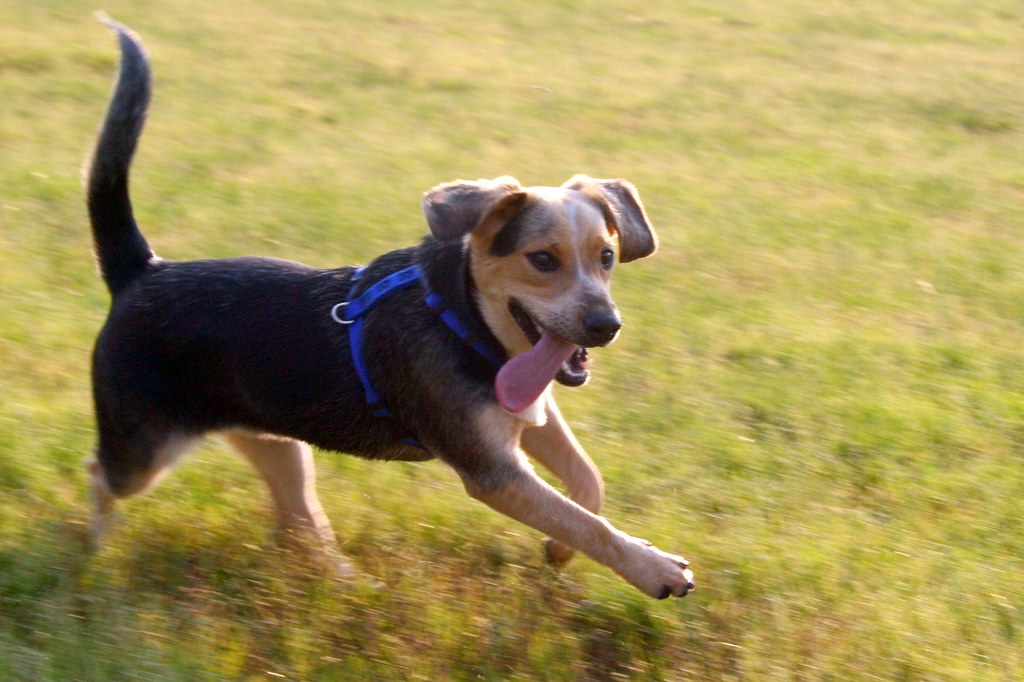
Flickr
Dogs with ADHD often experience sudden bursts of energy that seem unpredictable. One moment, they may be calm and relaxed, and the next, they’re running around the house at full speed. This inconsistency can make it hard to manage their behavior, especially if you’re trying to keep them entertained or calm. ADHD dogs don’t have steady energy levels like most dogs and can swing between extreme excitement and lethargy. These rapid shifts in energy can be challenging to deal with, but they also highlight the dog’s need for regular stimulation and outlets to help manage their energy more consistently.
9. Chewing or Destructive Behavior

Flickr
If your dog frequently chews on furniture, shoes, or other household items, it could be a sign of ADHD. Dogs with ADHD often seek out ways to release pent-up energy, and chewing becomes a coping mechanism. These dogs may chew excessively, often on things that aren’t appropriate, simply because they are bored or have too much energy. Destructive behavior can be a sign of restlessness and an inability to focus on other activities. To manage this, it’s important to provide plenty of stimulation, exercise, and appropriate chew toys to help satisfy your dog’s need to chew and burn off excess energy.
10. Difficulty with House Training
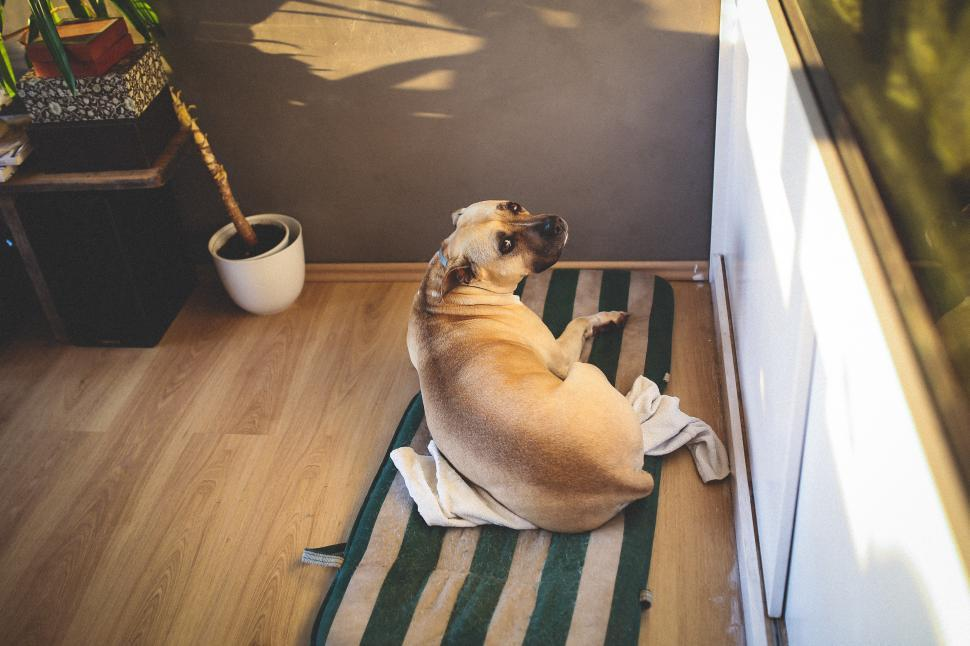
Freerange Stock
ADHD dogs may have more difficulty with house training than other dogs. Their inability to focus and follow consistent routines can make it hard for them to remember where and when to go to the bathroom. These dogs might forget to signal when they need to go outside or get distracted mid-potty break, leading to accidents indoors. House training can be more challenging for ADHD dogs, as their attention span is shorter, and they may need more frequent reminders or a stricter routine to help them learn the appropriate behavior.
11. Constantly on the Move
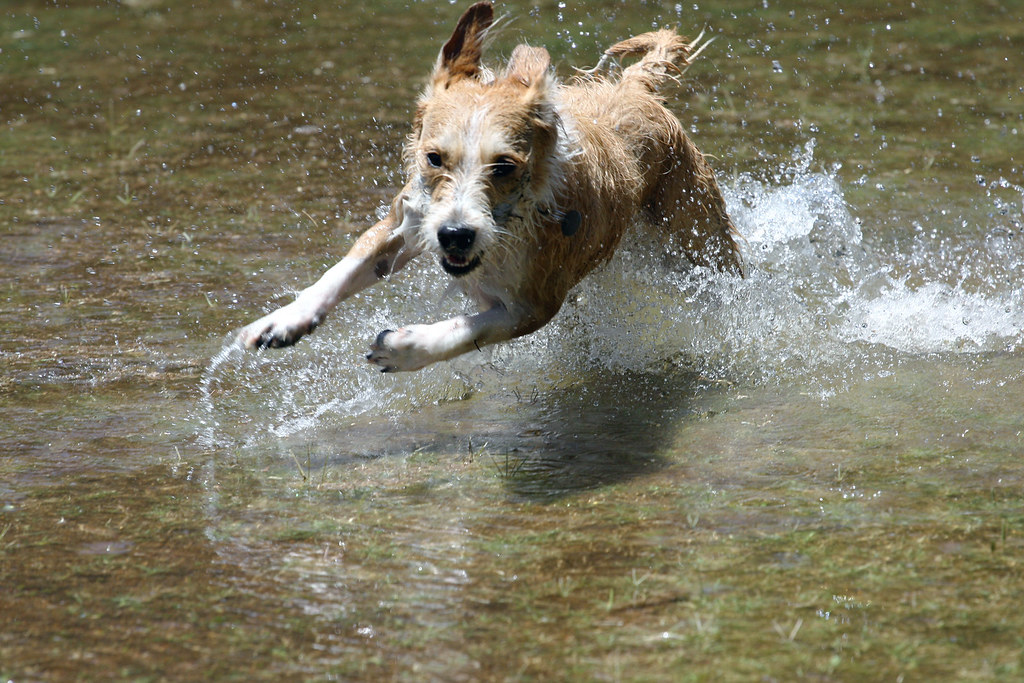
Flickr
Dogs with ADHD are often in constant motion. They never seem to settle down and are always on the go. Whether it’s zooming around the house, chasing after their tail, or running in circles, they tend to be in perpetual motion. This constant activity can make it difficult for them to relax or engage in calmer activities. They may seem restless, always searching for something to do, and unable to sit still for even short periods. This high-energy behavior can be a sign that your dog has ADHD and needs more structured outlets for their energy.
12. Low Impulse Control

Flickr
A lack of impulse control is another common sign of ADHD in dogs. Whether it’s stealing food from the counter, darting out the door, or chasing a passing car, dogs with ADHD often act without thinking. They might struggle to resist immediate temptations or distractions, making them more prone to impulsive actions. This lack of impulse control can lead to risky behaviors or household disruptions, so it’s important to set boundaries and enforce rules consistently. Redirecting their energy and providing them with proper training can help teach impulse control over time.
13. Overactive Play

PickPik
While most dogs love to play, ADHD dogs take it to another level. They may play more intensely and for longer periods than other dogs, often seeming overly excited or hyperactive. Their play can sometimes become chaotic or even aggressive, especially if they don’t know how to manage their energy. ADHD dogs may play excessively because they’re trying to burn off excess energy or because they have trouble recognizing when it’s time to stop. This intense and often uncontrollable playtime is a common sign that your dog may have ADHD.
14. Difficulty with Restful Sleep

Flickr
ADHD dogs often have trouble sleeping, as their restless minds prevent them from fully relaxing. Even if they’re tired, they may toss and turn, wake up frequently during the night, or appear agitated in their sleep. Their inability to settle down can disrupt their rest and leave them feeling more tired or cranky the next day. Dogs with ADHD often need more structured sleep routines and calming activities to help them wind down. If your dog seems unable to get a peaceful night’s rest, it might be due to the challenges of managing their hyperactivity and excitement, even while asleep.


